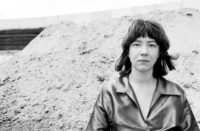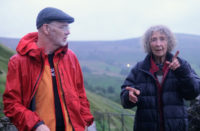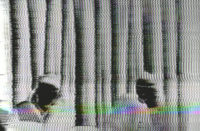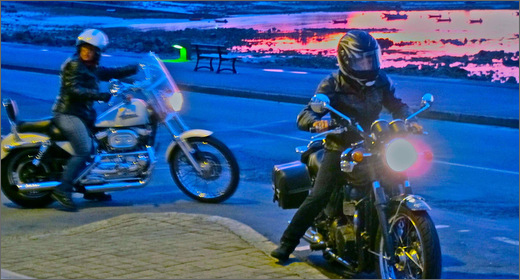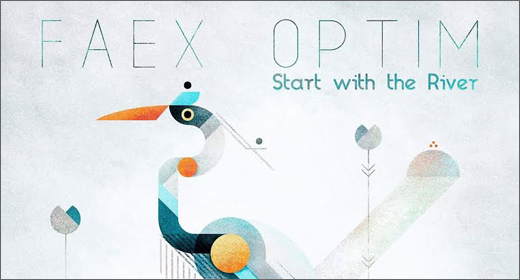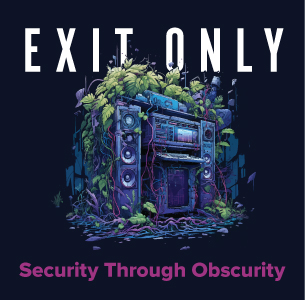A question and answer session with multi-talented electronic music pioneer, Jim Gordon. Enter the Escape Velocity Now CD giveaway by emailing [email protected] with your physical mailing address and a note on what you enjoyed most about this profile.
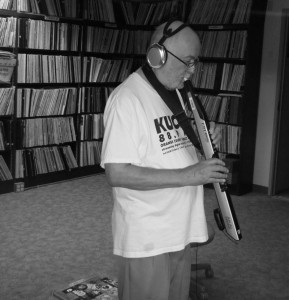
(November 2010) JIM GORDON‘s vast experience over the past 50 years has yielded an expansive audio library ranging from electronic music production, creation and recordings as far as the ear can see. With a resume that would inspire anyone with an ear for sound, Jim has constructed and de-constructed synthesizer’s, traveled and recorded with music legends such as Ray Charles and John Lennon and was also involved with the Festival Express in 1970.
As a pianist and woodwind player, Jim Gordon’s versatile compositions both in the studio and in a live setting (starting in the 60s) have etched a groove in the ever evolving musical landscape. Genre categories simply do not apply to Jim Gordon’s audio dynamic; as an electronic music pioneer, his range of sound arc’s from experimental psychedelic ambient to tribal infested rhythms (have a listen to his recent works including Escape Velocity Now, Water & Oil and EWI Music, available on CD via jimsjazz.com).
Gordon now composes and records in his home studio based in Southern California. His music embraces many different styles, from relaxing meditative ambient moods to intense poly-rhythms. Many different synthesizers and acoustic instruments are used, as well as alternate tunings and unusual compositional and recording techniques. Having recently performed in a live setting on Digital::Nimbus Radio (KUCI 88.9 FM, Irvine CA), Igloo Magazine decided to tap into the mind of this audio engineer and musical master. Weaving his sonic abilities between jazz and electronics, Jim shed’s some light on his musical background.
Igloo :: How do you separate yourself, if at all, from music production in terms of genre (electronic, ambient, jazz etc.)?
Jim Gordon :: There are similarities, and then there are differences.
Most people seem to remember the music that they heard between, say, puberty and the birth of their first child. Probably something in our brain chemistry makes us remember music more vividly then. That becomes our reference point. I started listening to music when I was about two years old, so for the most part I don’t have the same sort of adolescent attachment. It’s all different, and it’s all the same.
Igloo :: Have you always resided in and around Southern California? Has your location helped to nurture your passion for both jazz and electronic music production?
JG :: Born in Great Falls, Montana. Lived in Baltimore from ages 5 to 15. Northern California from 15 to 17. Southern California since 17. Hollywood will nurture your
passion (if you survive).
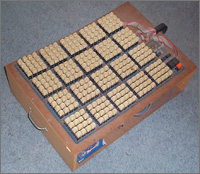
Igloo :: When would you say your fascination with synthesis began, and what kinds of instruments did you build and/or experiment with?
JG :: I didn’t mention it before, but I remember playing a slide whistle on a record date. You could add that to the list of instruments that I’ve played. (Also I’m aesthetically inspired by crop circles. They’re so…jazzy!). I’ve always built electronic gear to experiment with music. I remember trying to build an amplifier when I was nine years old –didn’t work. But when I was eleven I built a simple amplifier, then an oscillator, both worked okay. Of course, when you have an oscillator, it’s obvious that you can play melodies on it. When I was fourteen I built a cowbell player that would play a Cuban rhythm. This was before digital electronics, it was analog.
In 1967 I made a set of miniature electro-acoustic drums. Used on the Jim Gordon Plays Heavy LP, now out-of-print. In 1975 I built a large (6′ tall) digital percussion synthesizer with 16 percussion channels. It would not only play a programmed (16×16=256 toggle switches) pattern, but would also measure the timing of incoming analog events. Resolution was down to one microsecond. There’s a picture of it on my website.
A few years later I built a 256 key digital synthesizer to experiment with different scale structures. (It’s in my garage, guess I should put a photo of it on my website also.)
Once I totaled all the instruments I’ve recorded with, came to about 30 –I don’t remember them all:
When the first Moog synthesizer became available, it was very expensive to rent. I did record dates on a poor man’s Moog. A Heathkit audio oscillator, a small Fender amp, and a telegraph key. I did at least one album with The Ventures that way. I think that they called it their Psychedelic Album.

Igloo :: How do you view software when it comes to music creation and how his this affected your musical approach, if at all? I imagine that having a jazz background would have you committed to playing physical instruments. Is there an interplay or balance when it comes to soft or hardware usage?
JG :: They’re both quite similar and related. Writing a traditional piece of music or arrangement is just like software but your fingers and ears are quite physical. Music is recorded and listened to via hardware. Any approach really uses both.
Igloo :: Your historical experience in music goes back several years (1970’s). What would you say stands out the most in terms of memorable moments (Festival Express etc.)?
JG :: The Festival Express was the best party ever. I remember sitting with Ray Charles together on the piano bench in his office on Washington Boulevard. He seemed to show interest in my piano playing. Playing with The Band –the energy was great. Also the Last Waltz movie.
Igloo :: What are some of your own influences that keep you inspired?
JG :: Harpisichordist Wanda Landowska, and her biography is very meaningful to me. Composer Bela Bartok. Every time a listen to one of the six string quartets I hear something that I didn’t hear before. Louis Armstrong –I think he invented swing. Boyd Senter –bet you never heard of him. Boyd was a vaudville clarinetist in the 1920s – 1930s. To me, he blurred the difference between art and entertainment. Now he’s well represented on YouTube.
Igloo :: You have some YouTube clips (linked from your website) displaying examples of instruments, their sounds and effects etc. This had me wondering if you are also a teacher to some capacity. Is this true, to so extend?
JG :: I don’t do any teaching –everything I do is intuitive and improvised. Sometimes I’m at a loss to explain what and why I do something until I’m done.
Igloo :: You’ve been on my recordings, many of which I’m sure some fans aren’t even aware of. What are some of your highlight moments (either solo or in a band) that you can comment on?

JG :: I can’t remember most of the recordings I’ve done. I liked working with Ray Charles. The Band was fun, and I miss playing with Delaney (Bramlett) and Bonnie.
Igloo :: Is there anything you’d like to say to aspiring musicians in any genre in regards to longevity and standing in such a large field of artists making their way through this tough musical industry?
For more information about Jim Gordon, visit his website at jimsjazz.com
. Image comments: The first photo was taken from a live in-studio performance on September 24th, 2010 on Digital::Nimbus Radio (KUCI 88.9 FM, Irvine CA). The second image is an experimental 256 key synthesizer that Jim Gordon built in 1980; this was used to experiment with different scales and hand positions. The third (and fourth) images is a digital bass synthesizer that Jim Gordon designed and built in the 1970s; he used it for years playing in night clubs.





